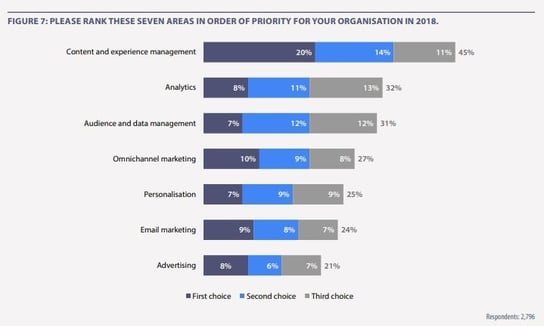4 min read
Even though the insurance industry is famed for being set in its ways, it won’t be able to keep this reputation for long. Technological and social change is underway and the insurance industry will have to give up its ways to make way for innovative methods of working and operating. The trends that are driving these shifts are:
Growing millennial population
This is how Goldman Sachs introduces millennials:
“One of the largest generations in history is about to move into its prime spending years. Millennials are poised to reshape the economy; their unique experiences will change the ways we buy and sell, forcing companies to examine how they do business for decades to come.”
And are you ready to examine your own approach?
Millennials have been reluctant to buy- not only homes and other luxury goods- but also cars. They are lapping up the sharing economy and according to the author and economist Jeremy Rifkin:
“25 years from now, car sharing will be the norm, and car ownership an anomaly.”
- Jeremy Rifkin, Author, and Economist
Source: Goldman Sachs Global Investment Research

If this scenario were to pass, would your insurance business be ready for it? If the demand for car insurance by the general population were to go down, would your business be resilient enough? For those who seek car insurance, would you be ready to be the monopoly?
The millennial population is also extremely fluent in technology. It grew up witnessing its maturation after all. 71% of them have a positive relationship with their personal use of social media and digital devices.
For brands these days, this market is available online 24*7. But, seeing the insurance industry’s insistence to stick to old ways, it won’t be able to capture and retain its customers as effectively as it can if it doesn’t make an entry asap.
According to Deloitte’s Global Millennial Survey 2019, 57% of them also want to see the world, which would mean a very lucrative market for travel insurance. Again, would your business be ready to provide what they need in the way they want it?
The rising importance of data
Customers know that companies collect their data and they are willing to share it. But only on one condition- that the data be actually used to provide some value. And this value is found in personalised content.
Each customer is on a different point in their life and their customer journey. Thus, rolling out the same cookie-cutter content to them is not an effective strategy to attract them and most importantly, to retain them.
Instead, marketers need to use the collected data to craft unique experiences for their customers which not only delight them in the present but also secure their loyalty in the long term.
According to Econsultancy’s Digital Trends for 2018, though, organisations really weren’t prioritising personalisation.
Some organisations think sending out birthday emails or using first names is enough to personalise communication. However, it isn’t. Research by Pure360 found that basic personalisation isn’t effective. Only 7% of the respondents would want to encourage by brands if they used their first names. Only 8% of them would respond positively to a birthday email.
Increase in AI-underwritten insurance premiums
The underwriting process will be greatly enhanced by automation in motor, home, life, and health insurance sectors. Not only will it be more thorough and time-saving, but it can also highlight key considerations for human decision-makers.
This ease and efficiency will greatly play to the advantage of AI underwritten premiums and will skyrocket the technology from $1.3 bn to $20 bn globally by 2024.
The global shift towards using online tools for business
A shift towards AI technologies is already happening. According to Forbes, globally, 80% of businesses will be using chatbots very soon. The mighty Google is also powered by AI-driven natural language processing and natural language understanding technology.
The insurance industry can be called an exception since it has been slow, even in the adoption of already thriving Cloud technologies. But, if it is to keep pace with changing consumer demands and truly be of value, then it will need to adopt AI technologies- Spixii solutions in their case- very quickly.
The biggest benefit of these solutions is the ease they provide to the user. Anyone can get insured anywhere on the globe. And best of all, they can choose you as their consistent insurance provider. Making a claim is also easy and efficient since these solutions allow one to share visuals of the damage done. There is no back and forth between the claimant and the sales team. This reduces operational costs as well and allows the damage to be taken care of in a timely fashion.
Also, technological pathways appeal to millennials who, as we saw above, are the future and determiner of every business.
Moreover, these solutions can be integrated easily with assistants like Siri and Alexa. For example, on saying ‘Siri, show me the time,’ Siri- which is connected to the clock- displays the time. In the same way, Siri, when connected to the automated solution, can display premiums, purchase rates, and other information that the customer wants.
The above are the 4 major trends that will affect the insurance industry in the coming years. In fact, their presence and impact have already begun to be felt. The time to get ahead of the pack and truly stand out as a visionary and leader is NOW- when no one else seems to be taking up the mantle.
